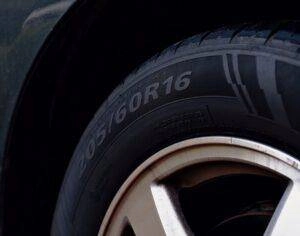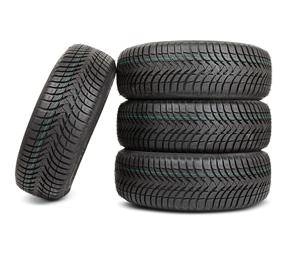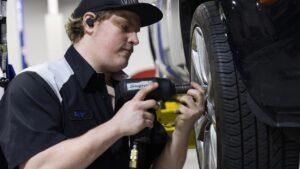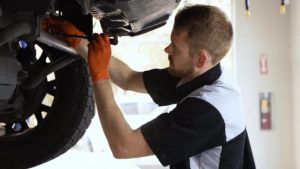Tire Inflation and Wear: Essential Guide for Optimal Performance
Proper tire inflation is a critical yet frequently neglected aspect of vehicle maintenance that directly impacts tire wear patterns and overall driving safety. At Japanese Auto Repair in Suwanee and Buford, we understand how crucial correct tire pressure is for maximizing tire longevity and maintaining peak vehicle performance. Let’s examine the relationship between tire inflation and wear patterns, and why maintaining proper pressure should be a priority in your vehicle maintenance routine.
Understanding Tire Inflation and Its Impact
Tire inflation refers to maintaining the correct air pressure within your tires as specified by your vehicle manufacturer. This pressure, measured in pounds per square inch (PSI), directly affects how your tire’s tread contacts the road surface. When pressure deviates from optimal levels, distinctive wear patterns develop that can significantly reduce tire lifespan and compromise vehicle safety.
According to the National Highway Traffic Safety Administration (NHTSA), maintaining proper tire inflation pressure is essential for optimal tire performance and longevity1. Tire pressure should be checked monthly when tires are cool, preferably before driving or at least three hours after driving.
Common Tire Wear Patterns and Their Causes
Center Wear Pattern
Cause: Overinflation
Description: Excessive wear down the center of the tread while outer edges remain relatively intact. This occurs when tire pressure exceeds manufacturer recommendations.
Edge Wear Pattern
Cause: Underinflation
Description: Accelerated wear on both outer edges of the tread while the center remains less worn. This is the most common wear pattern and leading cause of tire failure2.
One-Sided Edge Wear
Cause: Combined pressure and alignment issues
Description: Uneven wear on one edge, often indicating both incorrect inflation pressure and wheel alignment problems.
Why Proper Tire Inflation Matters
Key Benefits:
- Even Tread Wear: Correct pressure ensures uniform contact with the road surface, promoting consistent wear across the entire tread width.
- Enhanced Fuel Economy: Properly inflated tires reduce rolling resistance, improving fuel efficiency by up to 3% according to industry studies.
- Maximum Tire Lifespan: Maintaining optimal pressure can extend tire life by 25-30%, providing significant cost savings over time.
- Improved Safety: Correct inflation maintains tire structural integrity, reducing the risk of blowouts and maintaining optimal traction in various driving conditions.
- Better Vehicle Performance: Proper pressure ensures responsive handling, shorter braking distances, and improved overall vehicle stability.
How Japanese Auto Repair Can Help
Professional Tire Inflation and Wear Analysis Services in Suwanee and Buford
At both our Suwanee and Buford locations, we provide comprehensive tire inflation and wear pattern analysis services to keep your vehicle operating at peak efficiency. Our certified technicians possess extensive experience in identifying wear patterns and their underlying causes, enabling us to provide targeted solutions for your specific needs.
Services Offered:
- Detailed Tire Pressure Assessment and Adjustment
- Comprehensive Wear Pattern Analysis and Diagnosis
- TPMS (Tire Pressure Monitoring System) Inspection and Service
- Inflation Pressure Optimization Based on Driving Conditions
- Educational Guidance on Proper Tire Maintenance Practices
Tire Inflation Best Practices
Optimal Checking Schedule
Tire pressure should be checked at least once monthly and before extended trips. Temperature changes significantly affect tire pressure – for every 10°F temperature drop, tire pressure decreases by approximately 1-2 PSI. This makes seasonal pressure adjustments particularly important in Georgia’s varying climate conditions.
Proper Checking Technique
Always check tire pressure when tires are cold, meaning the vehicle hasn’t been driven for at least three hours. Use a reliable tire pressure gauge and refer to your vehicle’s door jamb sticker or owner’s manual for the correct PSI specification – not the maximum pressure listed on the tire sidewall.
Common Tire Inflation and Wear Myths
Visual Inspection is Sufficient:
Many drivers believe they can assess tire pressure by visual inspection alone. However, tires can lose up to 50% of their air pressure while still appearing normal. Only a pressure gauge provides accurate readings.
Maximum Sidewall Pressure is Optimal:
The pressure rating on tire sidewalls indicates maximum safe pressure, not the recommended operating pressure for your vehicle. Always follow manufacturer specifications found in your owner’s manual or door jamb sticker.
Pressure Only Matters for Performance Cars:
Every vehicle, regardless of make or performance level, requires proper tire inflation for safety, efficiency, and tire longevity. Even minor pressure deviations can create measurable wear patterns and performance issues.
The Cost of Ignoring Proper Inflation
Neglecting tire inflation can result in significant financial consequences. According to tire industry research, under-inflated tires can wear out 25% faster than properly inflated ones, while also reducing fuel economy. The cumulative effect over a tire’s lifespan can cost drivers hundreds of dollars in premature replacements and increased fuel consumption.
Conclusion
Maintaining proper tire inflation is fundamental to preventing premature tire wear, ensuring vehicle safety, and maximizing your investment in quality tires. At Japanese Auto Repair, we’re committed to helping you achieve optimal tire performance through expert inflation services and wear pattern analysis.
For comprehensive information about our tire inflation and wear analysis services, visit japaneseautorepair.net or stop by our Suwanee or Buford locations. Our dedicated team is ready to help you maintain proper tire health and extend your tire investment!
Our Two Convenient Locations
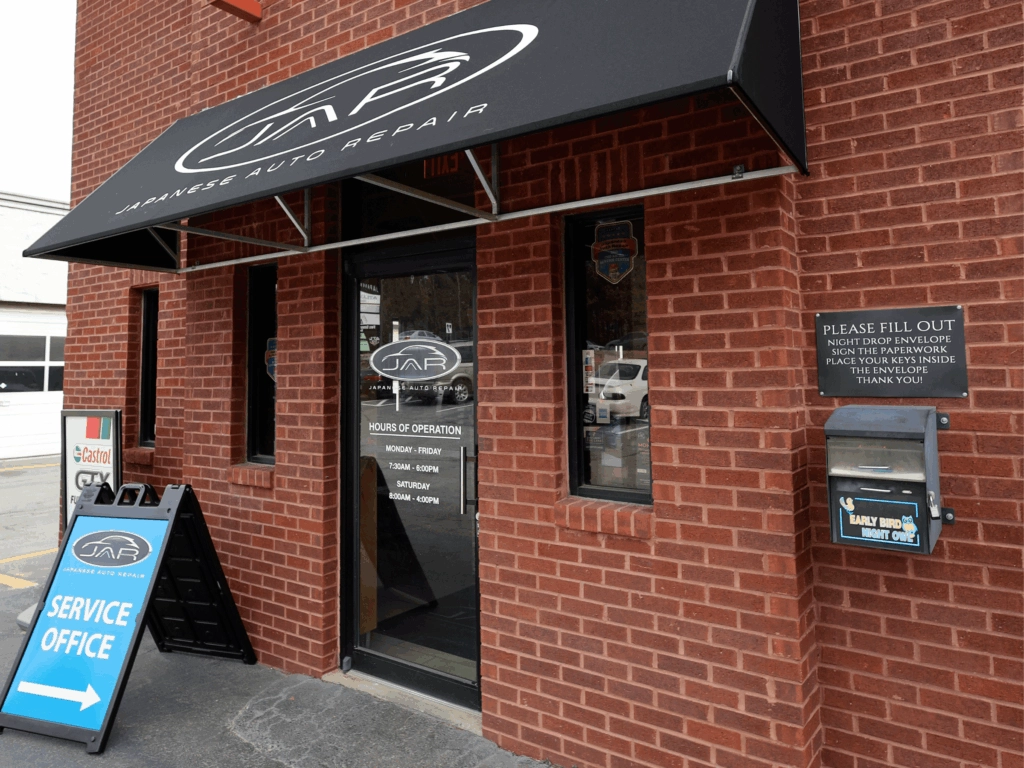
Japanese Automotive Repair of Suwanee
920 Peachtree Industrial Blvd
Suwanee, GA 30024
Phone: (678) 482-5558
Fax: (678) 482-7528
Hours of Operation:
Monday – Friday 7:30AM – 6PM
Saturday 8AM – 4PM
Sunday Closed
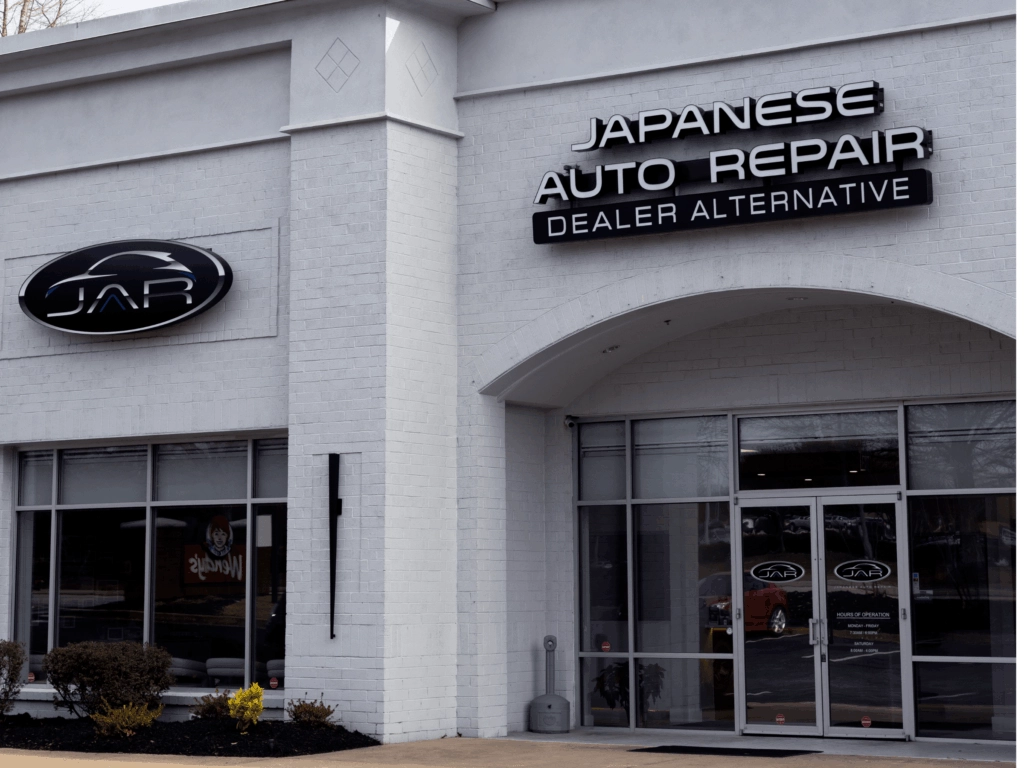
Japanese Automotive Repair of Buford
2355 Mall of Georgia Blvd
Buford, GA 30519
Phone: (678) 541-5700
Fax: (678) 765-7300
Hours of Operation:
Monday – Friday 7:30AM – 6PM
Saturday 8AM – 4PM
Sunday Closed
ACCEPTED FORMS OF PAYMENT: American Express, Discover/Novus, MasterCard, Visa, Cash, Gift Certificate, All extended warranties accepted, Coupons, and Money Order.

